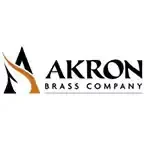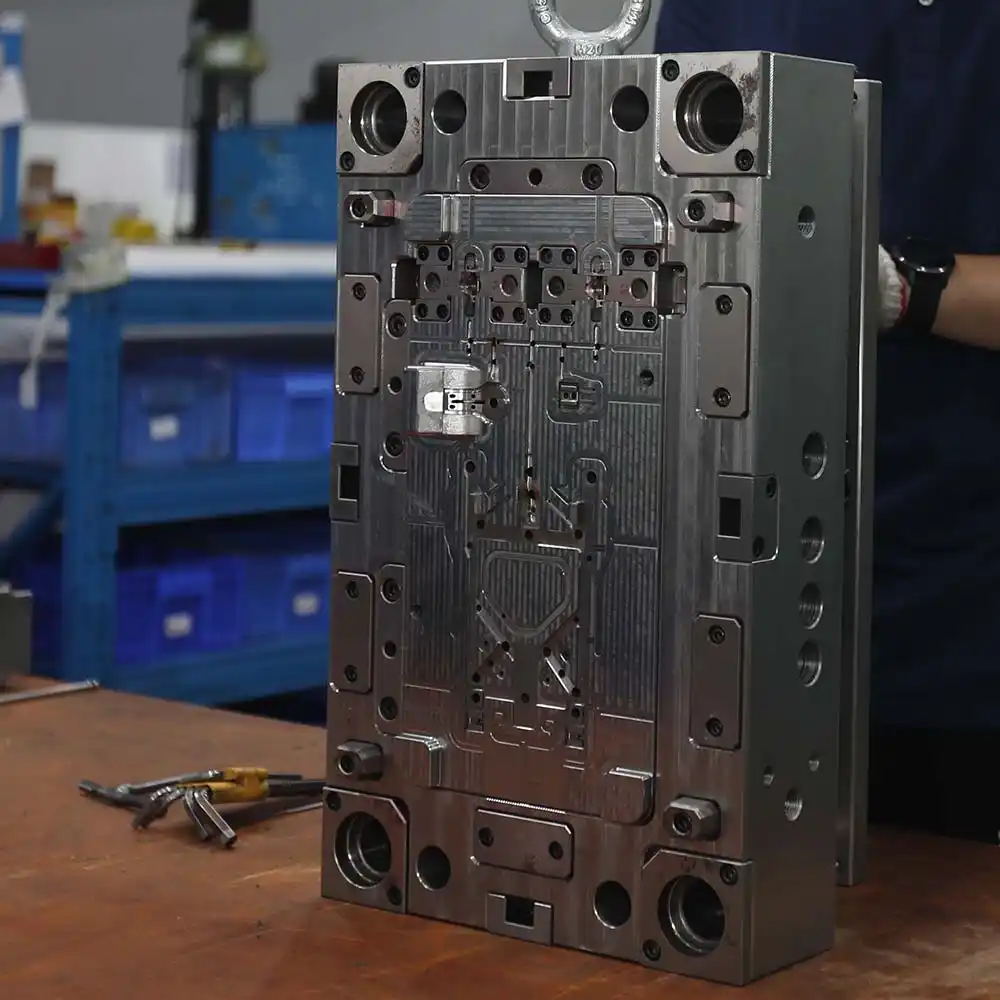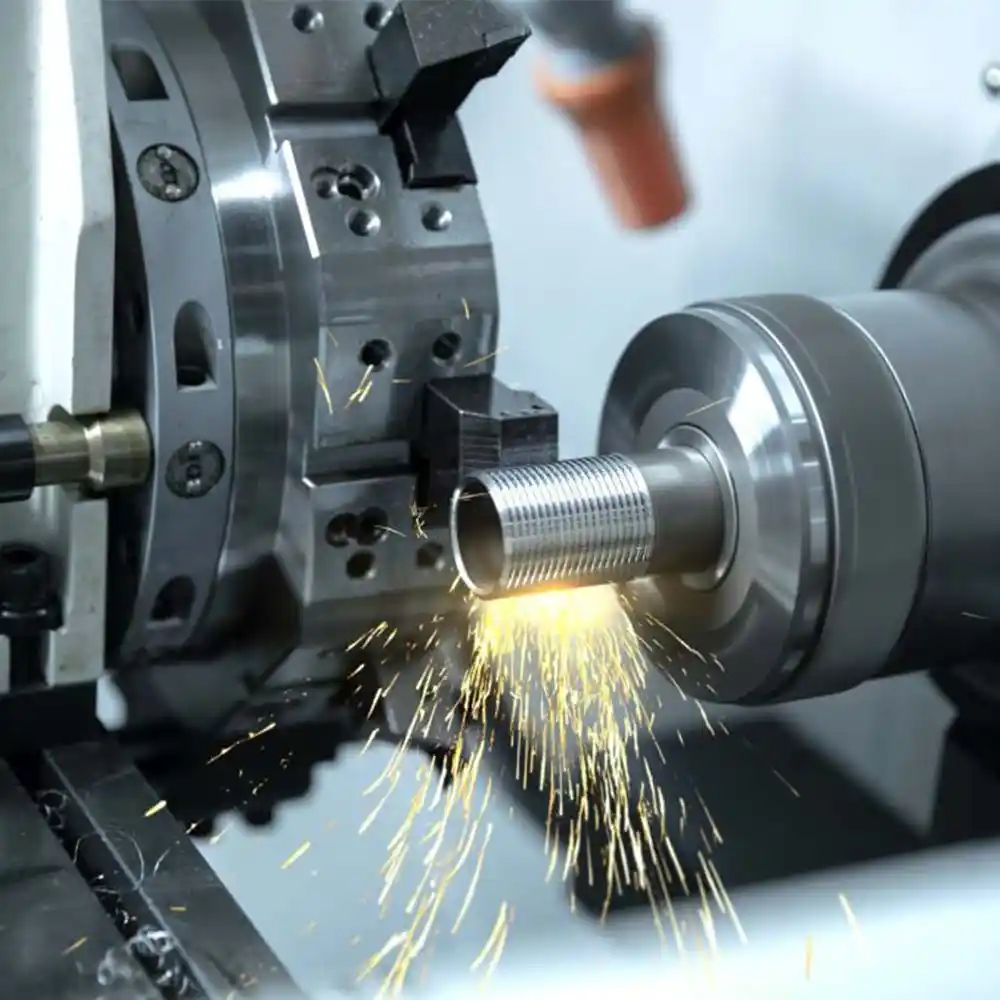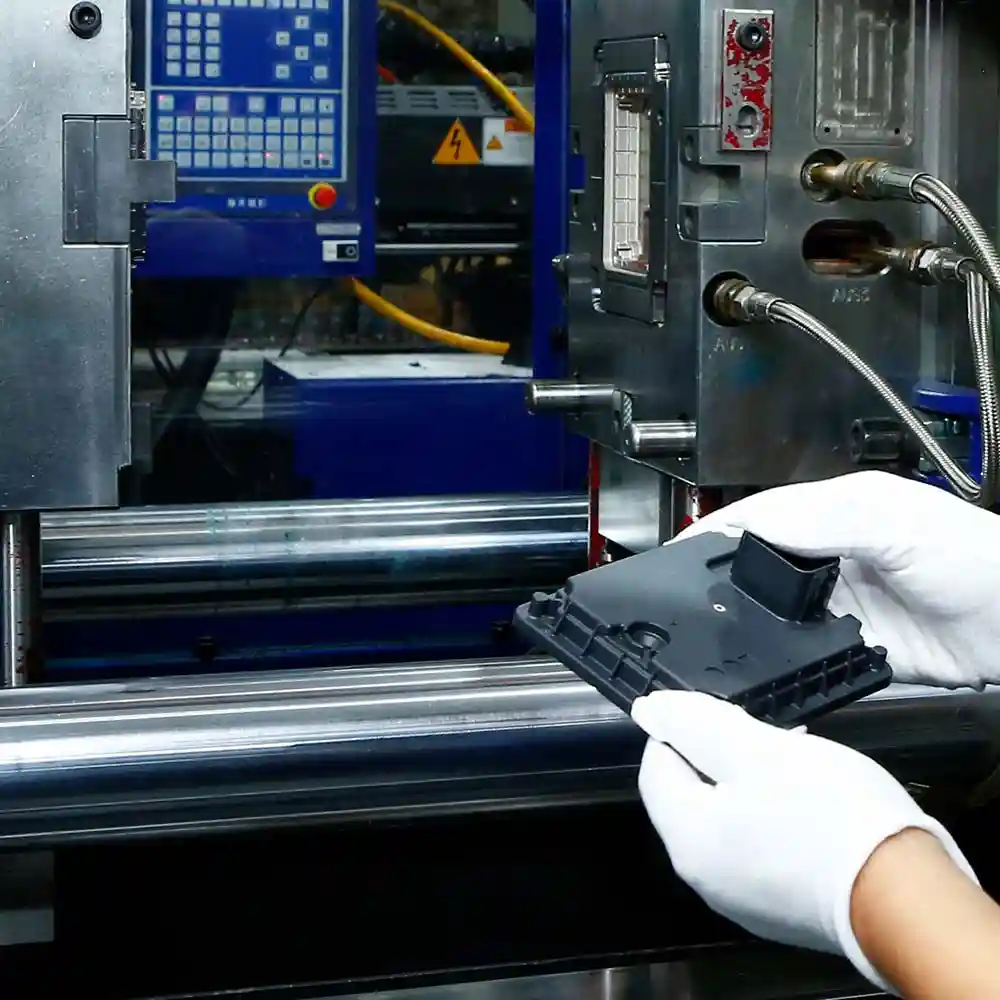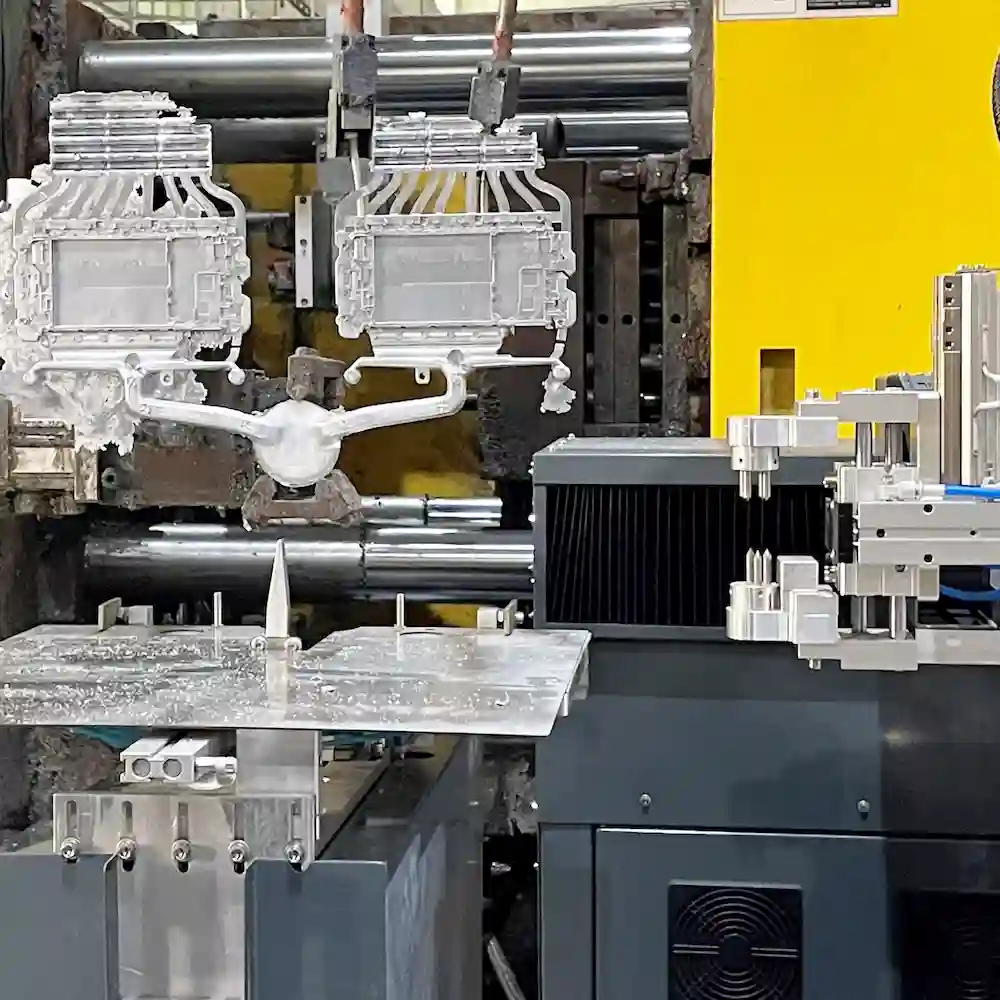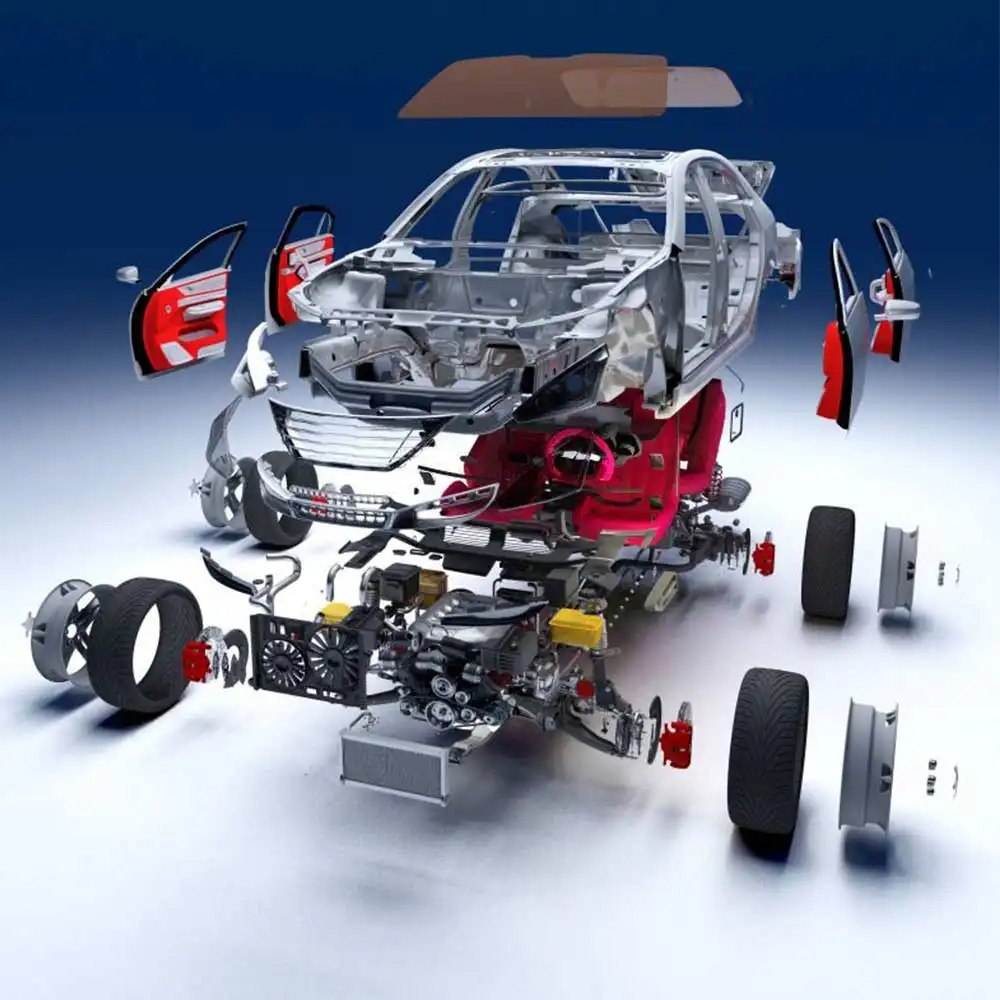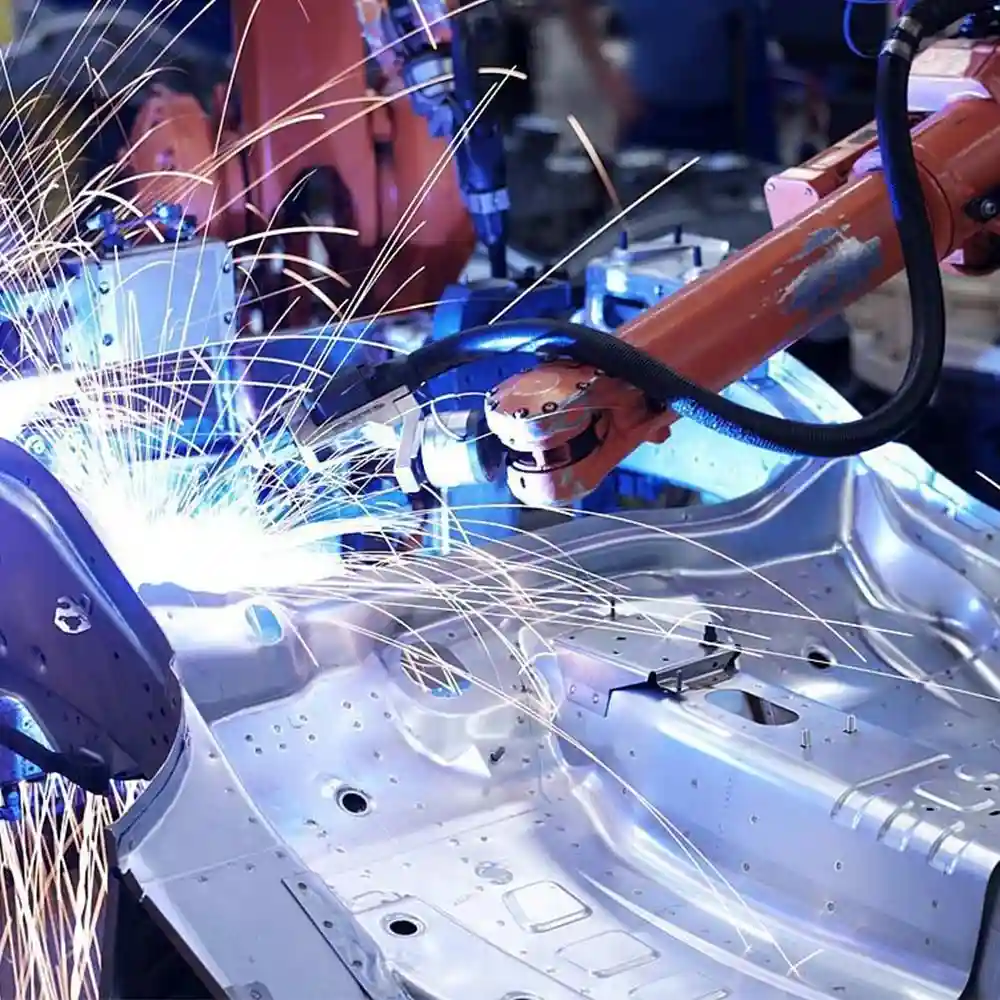From prototyping to part machining and manufacturing Since 2003
Say goodbye to long lead times and costly mistakes. Our cutting-edge injection molding capabilities deliver precise, repeatable results every time.
- Factory price
- 1pcs Min. oder
- Short Lead time
- 100% Quality inspection
Watch our process
Prototype to products manufacturing services
Whether it’s a simple part or a complex finished mold, our comprehensive manufacturing capabilities can take it from design to finished product for you.
Mold Manufacturing
20 years experience in designing and manufacturing injection & die-casting molds, with over 300 sets of molds per year
CNC Machining
Produce metal and plastic components with high accuracy and swiftness through computer-directed control.
Injection Molding
Custom injection molding, overmolding, double-shot injection molding & 3k injection molding.
Die Casting
Supply Custom Zinc Alloy Die Casting&Aluminium Alloy Die Casting with Good mechanical properties
Development & Engineering
Our 20-person design team has over 10 years of experience in product design and development. We use the latest CAD and development tools to optimize your product design, avoid defects, improve quality, and give you a better, more cost-effective product.
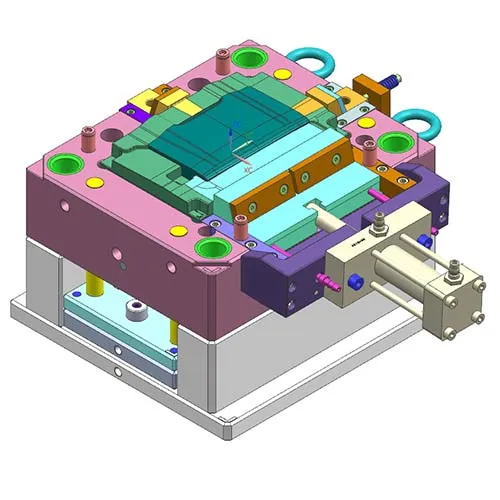
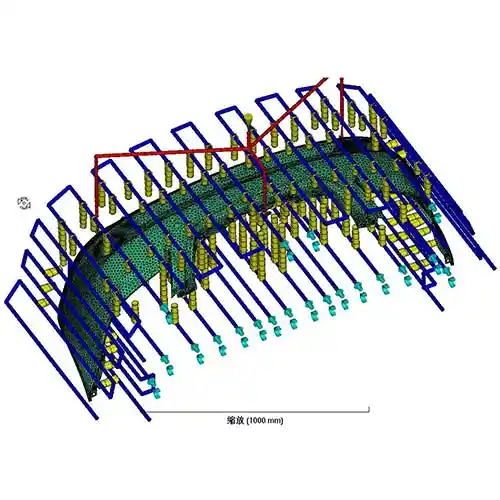
- Parts 3D Model Design from samples if need
- Products/Parts Analysis.Issue DFM
- Tooling/Molds design
- Publish In-house 2D product drawing with Tolerance
- Publish SOP,SIP,BOM
- Check and accept Tooling/Molds and Fixtures
- Trial production and make samples
- Test Products
One-stop beyond expectations manufacturing solutions
No matter the size or complexity of your project, we have the capability and experience to handle it with professionalism and excellence.
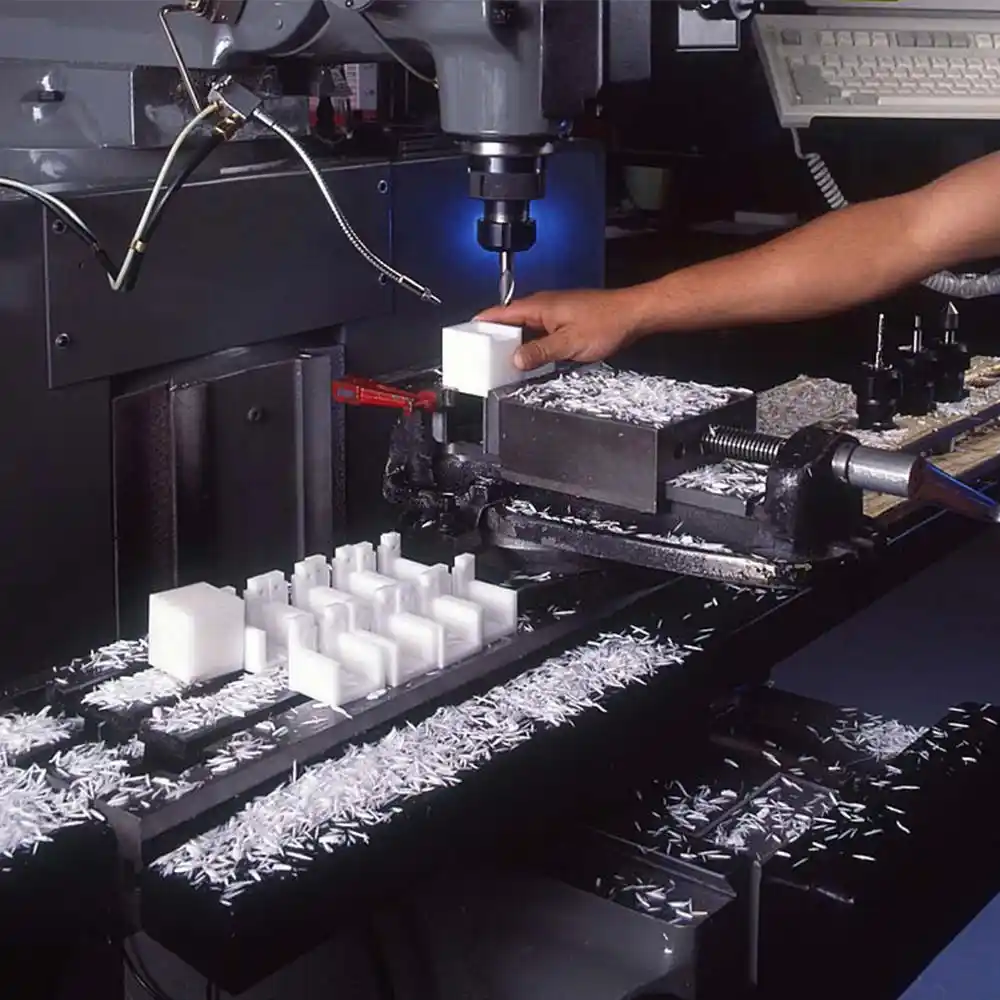
Rapid Prototyping
2 parts or 200 parts
Rapid CNC machining
Rapid Injection Molding
Rapid Vacuum Casting
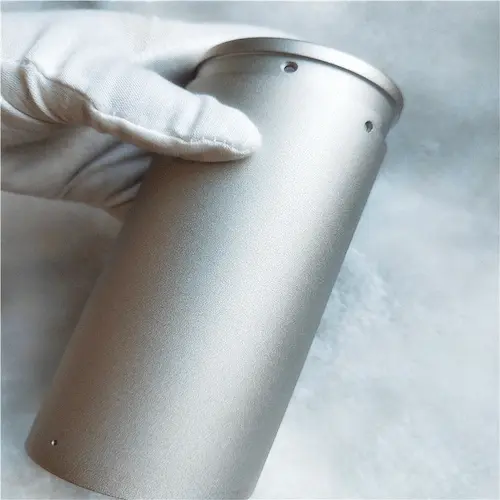
Finishing Services
Precision Polishing
Custom Coating Applications
Fast Turnaround on Multiple Finishes
Expertise in Various Material Finishes
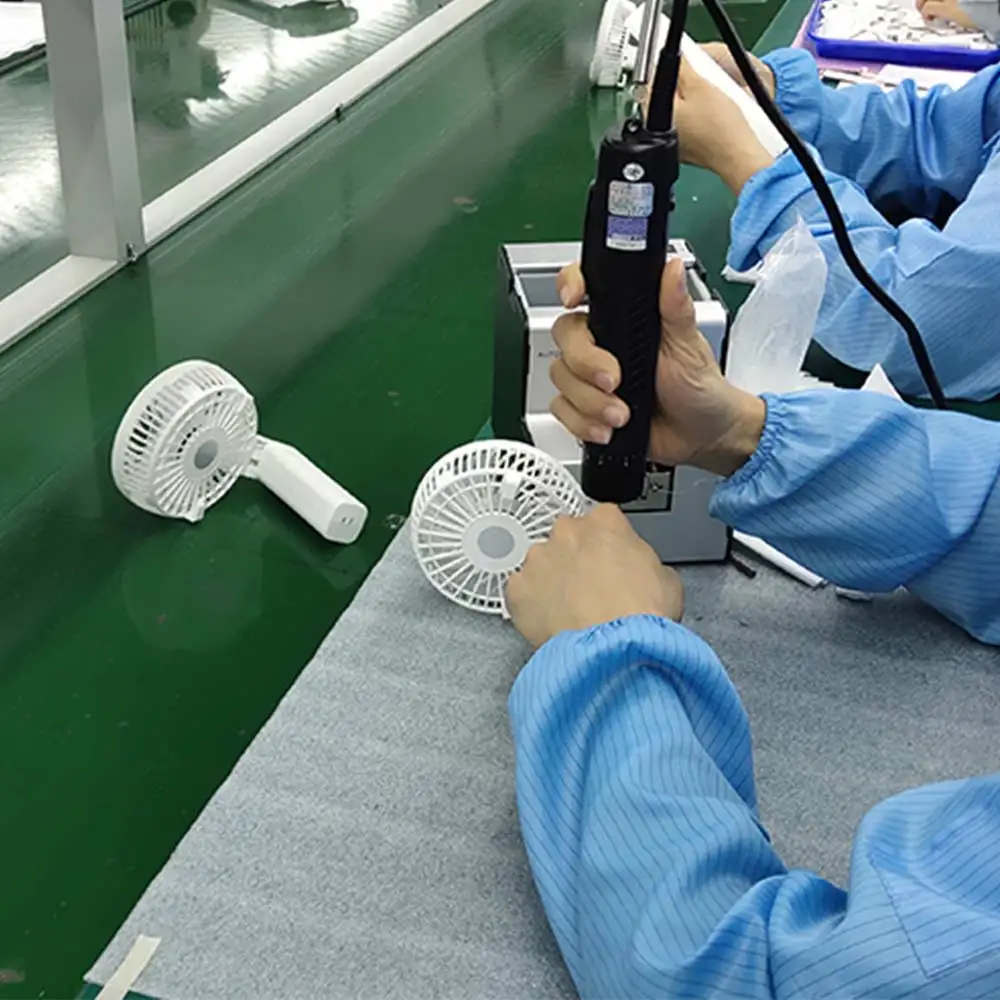
OEM & Assembly
One-stop service
Manufacturing to product
Customized packaging
Quick shipment

Prototyping, Machining, and Manufacturing Solution Provider
Opt for Gain Power Precision Mfg Limited, your premier manufacturing solution with over two decades of industry expertise. Ranging across diverse sectors, our adept design team offers precise guidance. Coupled with our cutting-edge manufacturing facility, we assure top-notch quality and timely delivery. Entrust us, and we pledge a cost-effective outcome.
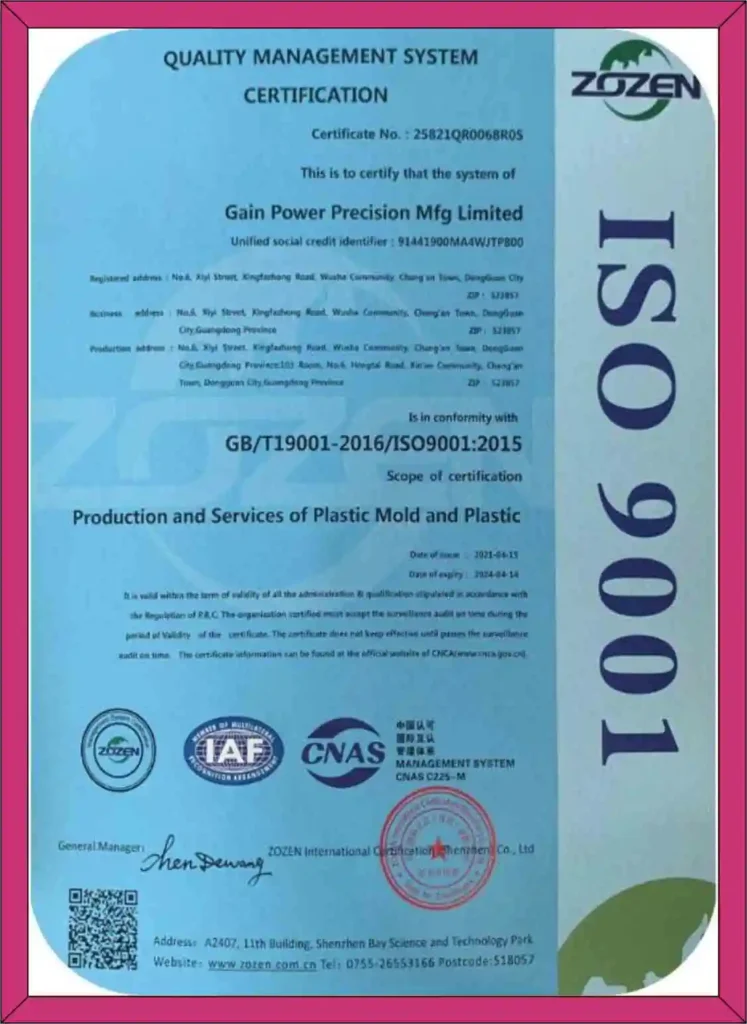
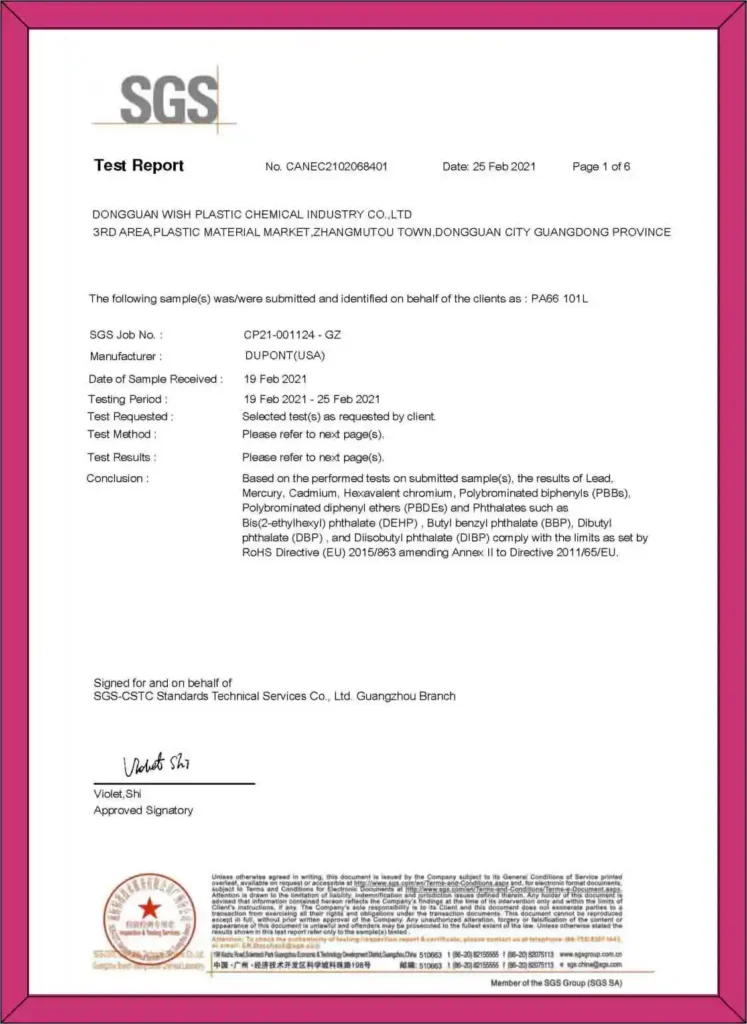
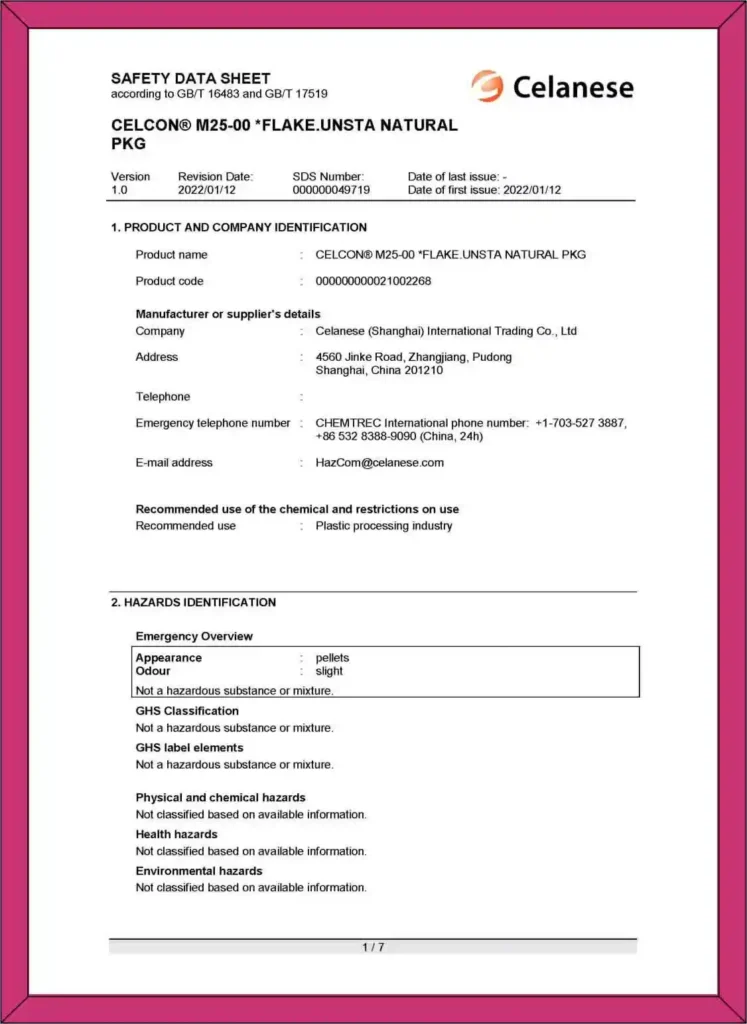
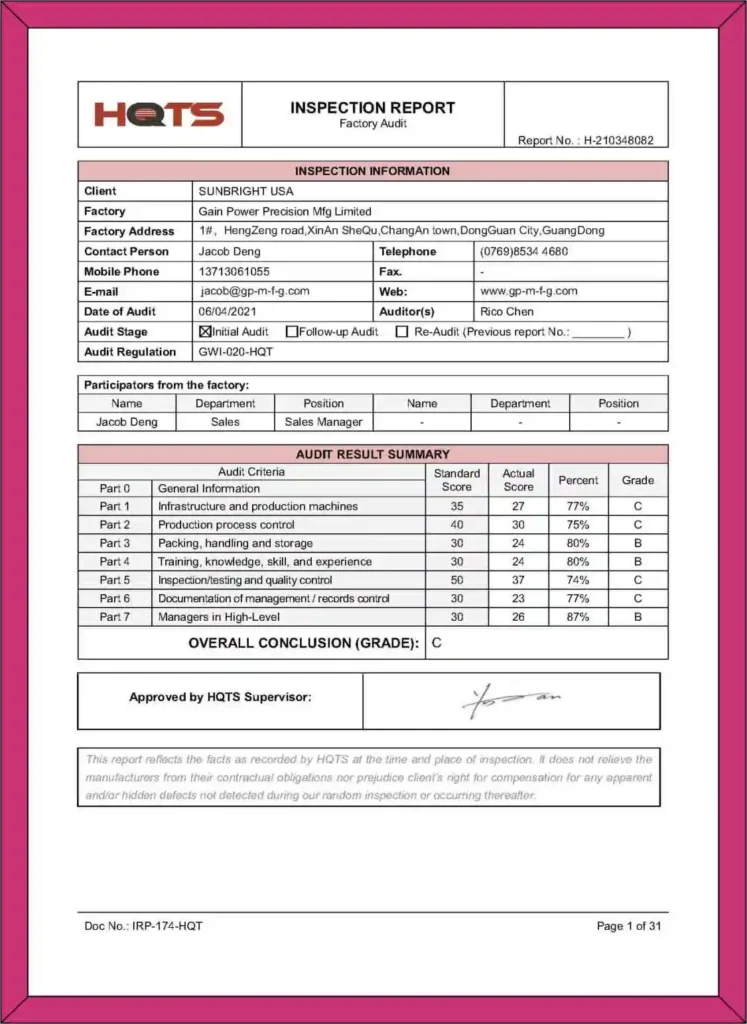
Some of our amazing clients

